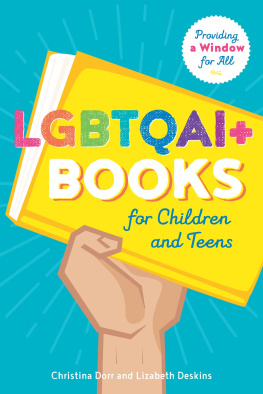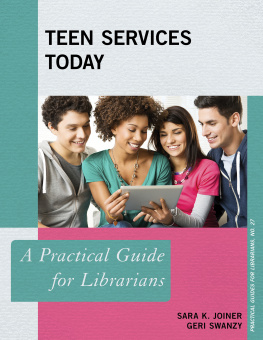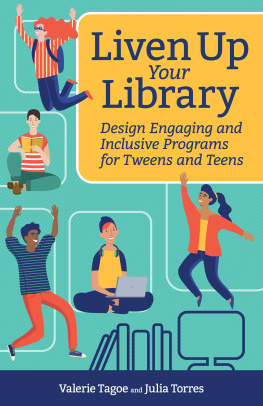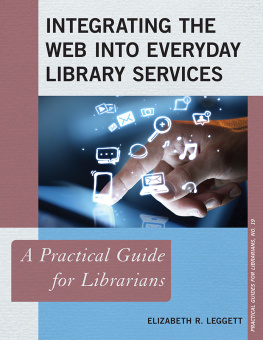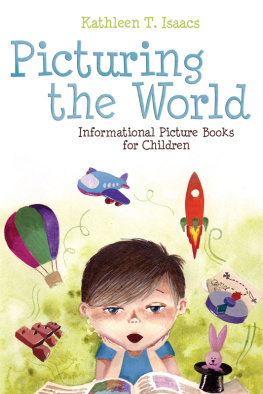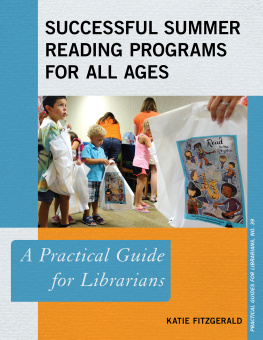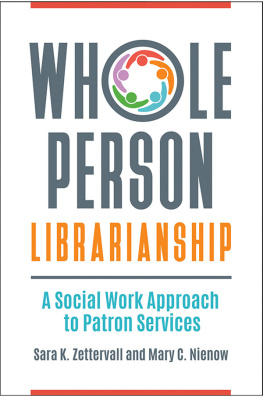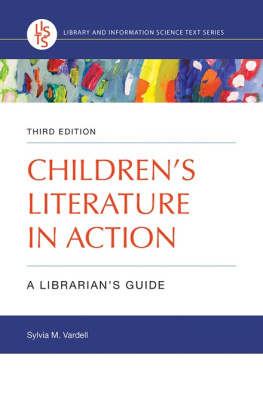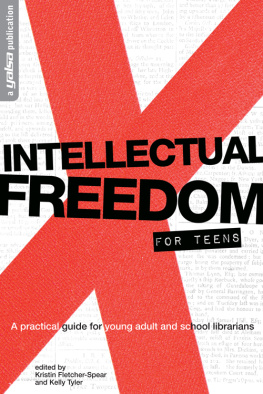Christina Dorr - LGBTQAI+ Books for Children and Teens: Providing a Window for All
Here you can read online Christina Dorr - LGBTQAI+ Books for Children and Teens: Providing a Window for All full text of the book (entire story) in english for free. Download pdf and epub, get meaning, cover and reviews about this ebook. year: 2018, publisher: American Library Association, genre: Children. Description of the work, (preface) as well as reviews are available. Best literature library LitArk.com created for fans of good reading and offers a wide selection of genres:
Romance novel
Science fiction
Adventure
Detective
Science
History
Home and family
Prose
Art
Politics
Computer
Non-fiction
Religion
Business
Children
Humor
Choose a favorite category and find really read worthwhile books. Enjoy immersion in the world of imagination, feel the emotions of the characters or learn something new for yourself, make an fascinating discovery.
- Book:LGBTQAI+ Books for Children and Teens: Providing a Window for All
- Author:
- Publisher:American Library Association
- Genre:
- Year:2018
- Rating:5 / 5
- Favourites:Add to favourites
- Your mark:
- 100
- 1
- 2
- 3
- 4
- 5
LGBTQAI+ Books for Children and Teens: Providing a Window for All: summary, description and annotation
We offer to read an annotation, description, summary or preface (depends on what the author of the book "LGBTQAI+ Books for Children and Teens: Providing a Window for All" wrote himself). If you haven't found the necessary information about the book — write in the comments, we will try to find it.
Christina Dorr: author's other books
Who wrote LGBTQAI+ Books for Children and Teens: Providing a Window for All? Find out the surname, the name of the author of the book and a list of all author's works by series.
LGBTQAI+ Books for Children and Teens: Providing a Window for All — read online for free the complete book (whole text) full work
Below is the text of the book, divided by pages. System saving the place of the last page read, allows you to conveniently read the book "LGBTQAI+ Books for Children and Teens: Providing a Window for All" online for free, without having to search again every time where you left off. Put a bookmark, and you can go to the page where you finished reading at any time.
Font size:
Interval:
Bookmark:
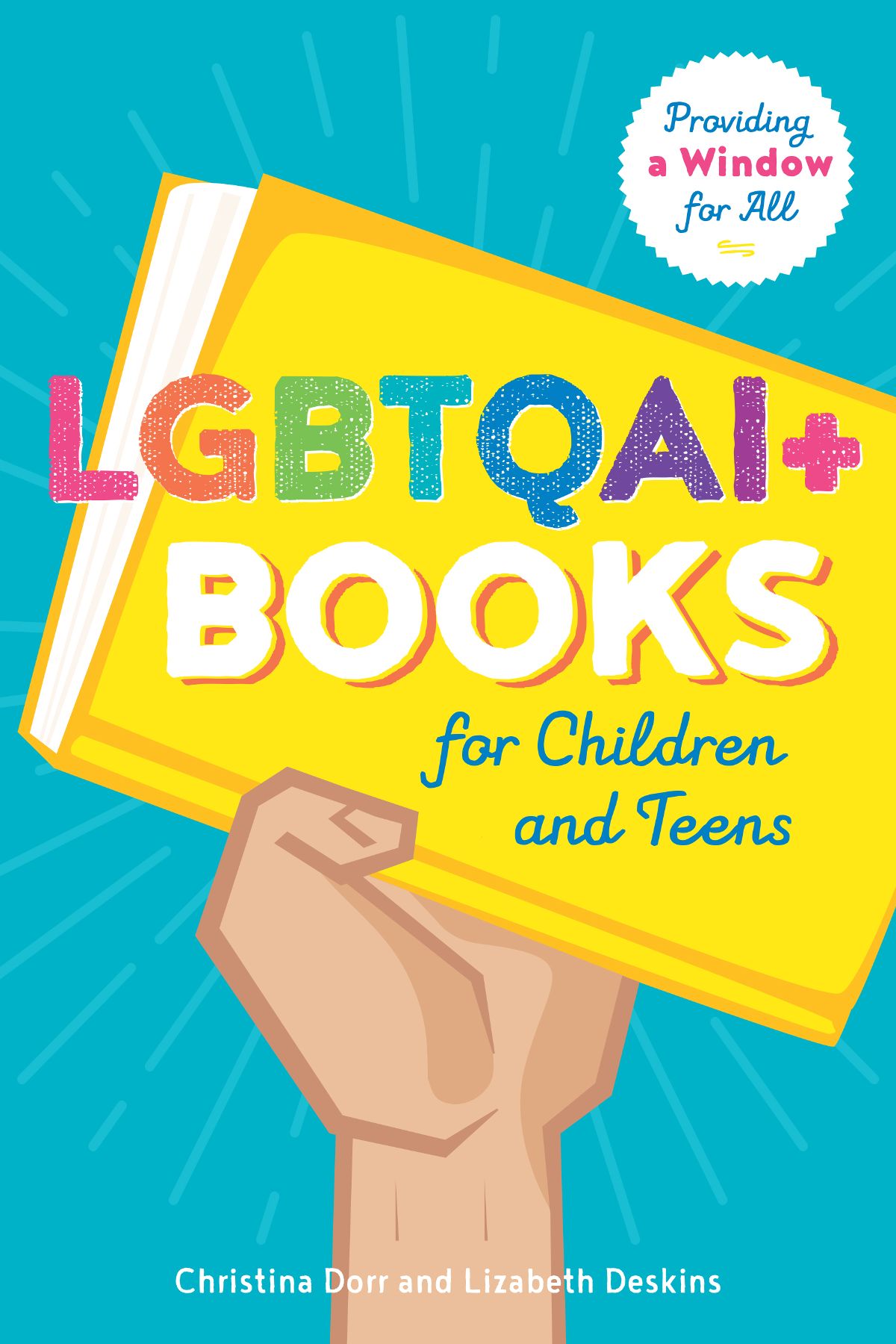
ALA Editions purchases fund advocacy, awareness, and accreditation programs for library professionals worldwide.
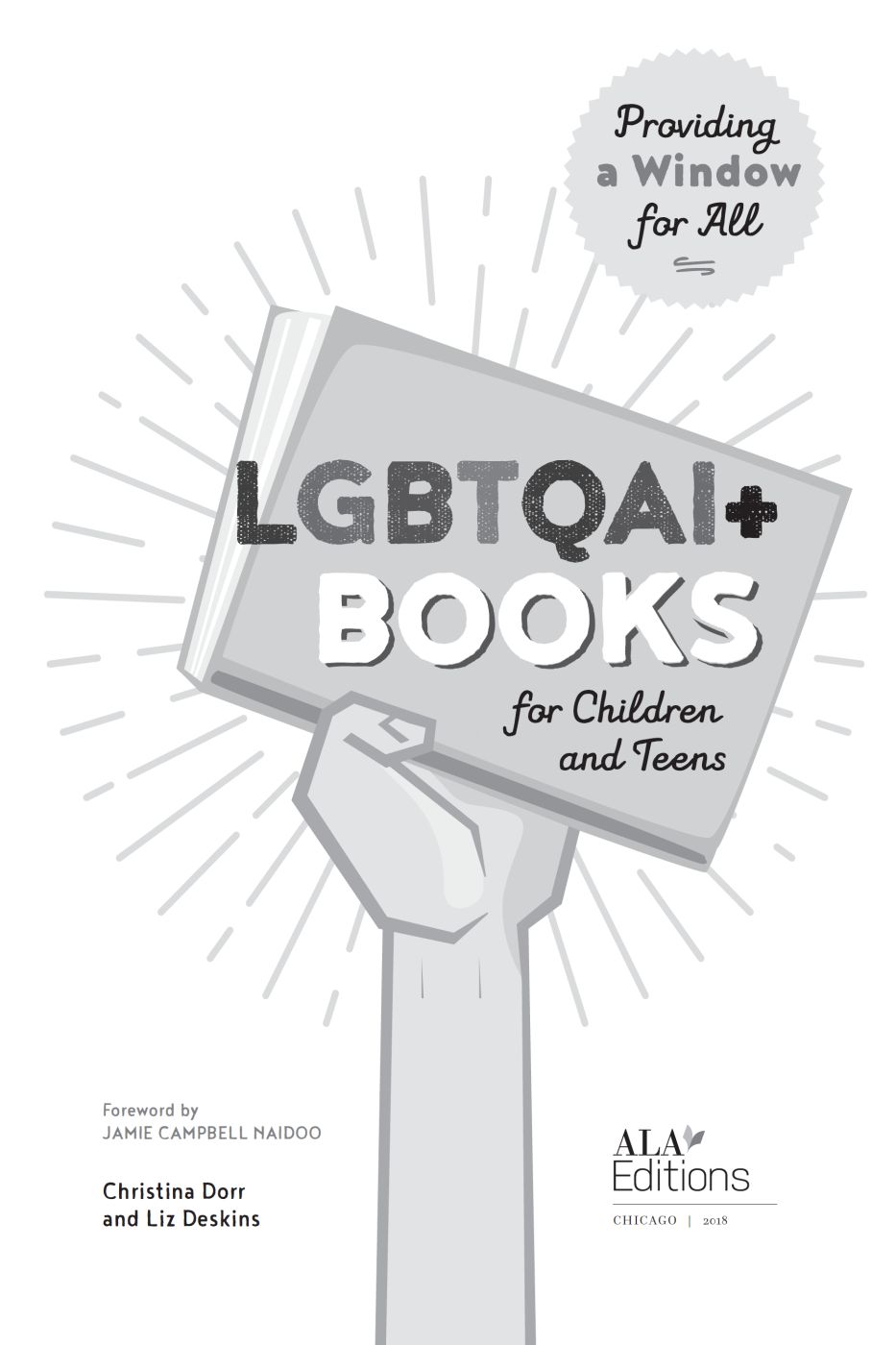
2018 by the American Library Association
Extensive effort has gone into ensuring the reliability of the information in this book; however, the publisher makes no warranty, express or implied, with respect to the material contained herein.
ISBNs
978-0-8389-1649-0 (paper)
978-0-8389-1693-3 (PDF)
978-0-8389-1692-6 (ePub)
978-0-8389-1694-0 (Kindle)
Library of Congress Cataloging in Publication Control Number: 2017052430
Cover design by Krista Joy Johnson.
To the founding students of our GSA at WMS for the powerful group we began together. And for my nephew, Robb, who showed me how to be myself when the rest of the world thinks you should be someone else.
CHRISTINA
To Bob and Brett: I was fortunate to grow up in a home where color and race were unimportant; everyone was welcome. But it was not until I had a gay child that I truly understood that love is love is love.
LIZ
JAMIE CAMPBELL NAIDOO, PHD
Quality books representing culturally diverse children and their families can serve as mirrors, reflecting ones culture; windows, providing glimpses into the lives of other cultures; or doors, allowing one to walk in someone elses shoes. A good book can also save lives and build bridges between seemingly disparate worlds.
As a gay child raised in rural Kentucky, I was surrounded by classmates, religious leaders, and caring adults who clearly conveyed that something was wrong with me because I did not fit in to societys strict views of gender expression and masculinity. When I was younger, I played with dolls and pink ponies, cooked mud pies and held tea parties, and dressed in my grandmothers scarves and costume jewelry. In kindergarten, I was Raggedy Ann in the Halloween parade and often found myself in the play house learning center where I could cook and play daddy to all the babies. In first grade, my prized possession was a pair of rainbow roller skates. Most of my friends were girls. When I grew older, though, I was discouraged from playing with girls and participating in girl activities. In junior high, it became horrifying clear that I was different from other boys. While my male classmates were interested in sports and the physical development of my female friends, I was more interested in crafts and the physique of guys in gym class. Initially, I would tell myself that I was scientifically studying the other boys to compare physical changes in our bodies, while also wishing that I could look like them. Eventually, I admitted to myself that I found some of them attractive. But I knew better than to tell anyone! There was only one student in our small school who was out, and everyone heard the slurs hurled toward him and saw the blind eyes of teachers as he was being bullied.
Like many queer teens in rural areas or hostile environments, I learned how to live firmly in the closet. I was alone and thought there was no one like me. Books with LGBTQAI+ (lesbian, gay, bisexual, transgender, queer/questioning, asexual, intersex, and other diverse identities and expressions) characters were not plentiful and certainly not present in my conservative school library. The public library in our town, run by volunteers from the Womens Club, was open only two days a week. Even if the library had stocked copies of the few gay-friendly young adult books available in the late 1980s and early 1990s, I would not have checked them out due to the lack of privacy inherent in a paper-based library card system that allowed anyone to track borrowers of a particular title. It wasnt until I was in college that I found a book that truly served as the mirror for which I had long been searching. Todd Browns Entries from a Hot Pink Notebook was my savior. I could completely relate to the main characters experiences; the fourteen-year-old protagonist could have been me in high school. I used the book to help sort out some of my feelings related to religion, sexuality, and identity; and eventually I used it to come out to my mother.
While this book has a special place in my heart, thinking about it also brings up resentment. Where were books like this when I needed them as a child? As a teenager? Why did I have to wait until college before I could see myself in the pages of a book? Rainbow families, or families with LGBTQAI+ children, teens, caregivers, and/or family members, are everywhere, found in every community and present in schools and libraries across the country. Like all children, children in rainbow families deserve to see their experiences and family structures represented in the books they read and in library activities. Yet many youth today are still robbed of these opportunities because librarians are afraid to have LGBTQAI+ books in their collections. Some library workers find the books topics deplorable, while others are afraid of censorship challenges. According to the American Library Associations Office of Intellectual Freedom, almost all of the challenged books for children and teens have diverse content and many represent LGBTQAI+ experiences.
I often wonder how contemporary youth in rainbow families feel when all the library displays, programs, and collections feature cisgender, heterosexual characters and families with a mother and a father. Do they possess enough self-awareness to be angry, or will that come only later as they mature into young adulthood? Do they feel as alone and self-loathing as I did because I thought something was wrong with me?
Contrary to what some educators, librarians, and caregivers may erroneously believe, childrens and young adult books with LGBTQAI+ characters and families are often no more about sex than are books with heterosexual characters and families. Often, those opposing the use of LGBTQAI+ literature with youth take the sex education perspective, suggesting that these books are used to indoctrinate readers into condoning and engaging in certain types of sexual behaviors. To demonstrate the absurdity of this belief, lets consider the childrens picture book Donovans Big Day by Lesla Newman. This charming book captures the joys of a young boy, Donovan, as he prepares to serve as the ring bearer in his two mothers wedding. When young readers encounter this book, they are introduced to a peer who is excited about his caregivers union. They are not learning about lesbian sexual practices. The same holds true when children read Lillys Big Day by Kevin Henkes. This book captures the varied emotions that mouse Lilly experiences as she serves as honorary flower girl in her teacher Mr. Slingers wedding. Although Mr. Slinger is straight, readers are not learning about heterosexual bedroom practices when they read this book. Yet many educators will hesitate to use Newmans book while widely embracing Henkess work.
LGBTQAI+ childrens books and young adult books are critical to help children see those metaphorical mirrors and windows in literature. As Dorr and Deskins succinctly point out in this volume, these books can be used in many different activities in classrooms and libraries to spark critical conversations and foster understanding of the other in society. The authors have selected a variety of popular and noteworthy titles for children, tweens, and teens with LGBTQAI+ content. Their programming recommendations and links to author websites and book discussion guides will prove useful to librarians, educators, and other caring adults interested in creating welcoming spaces for rainbow families. While readers may not find every noteworthy LGBTQAI+ youth title listed, the suggestions for the highlighted books can be used to jumpstart program planning for other titles that represent LGBTQAI+ experiences.
Next pageFont size:
Interval:
Bookmark:
Similar books «LGBTQAI+ Books for Children and Teens: Providing a Window for All»
Look at similar books to LGBTQAI+ Books for Children and Teens: Providing a Window for All. We have selected literature similar in name and meaning in the hope of providing readers with more options to find new, interesting, not yet read works.
Discussion, reviews of the book LGBTQAI+ Books for Children and Teens: Providing a Window for All and just readers' own opinions. Leave your comments, write what you think about the work, its meaning or the main characters. Specify what exactly you liked and what you didn't like, and why you think so.

